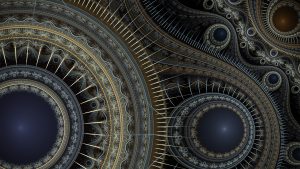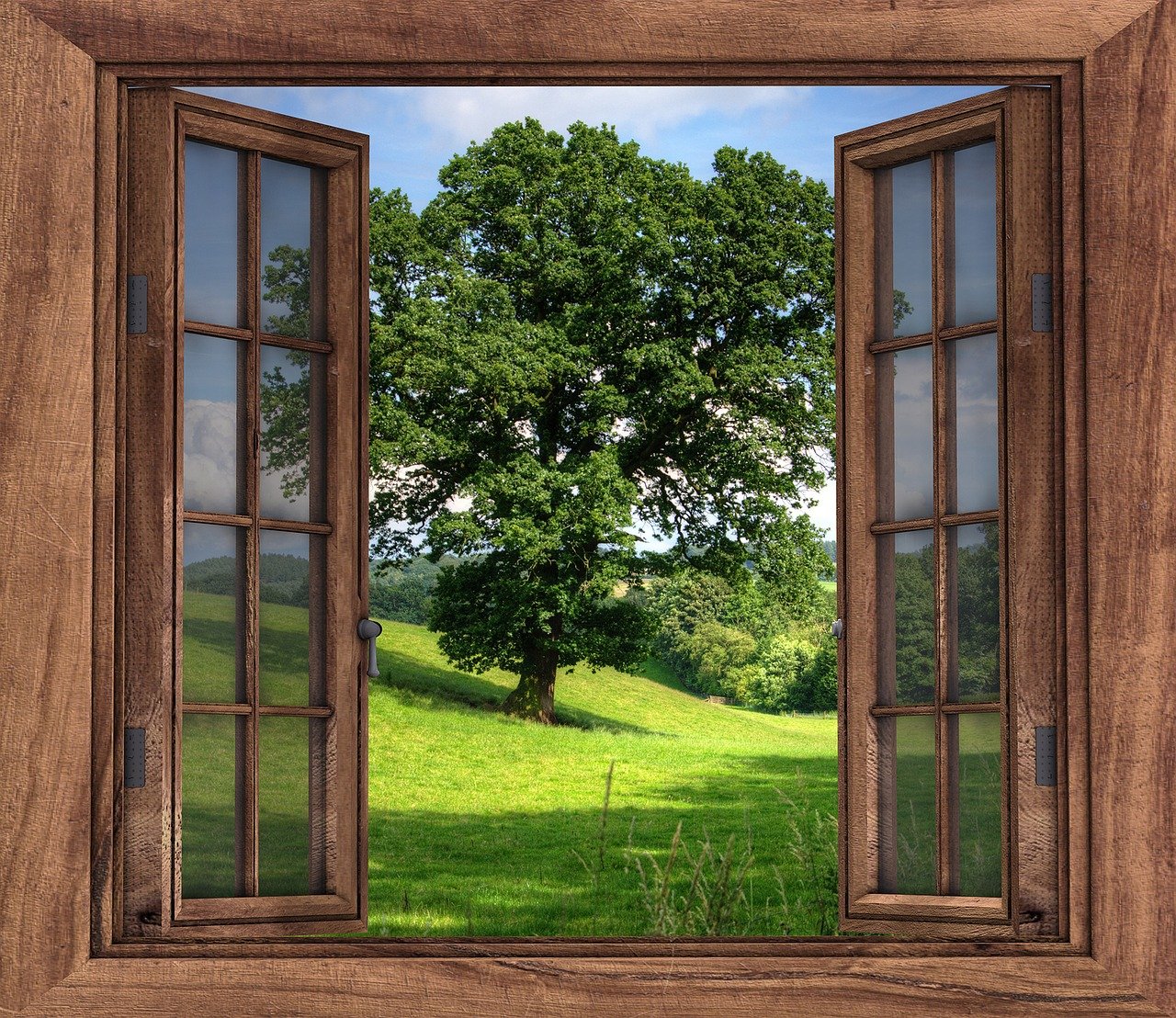 A Community That Designs Its Own Buildings Is More Likely to Be Healthy and Happy
A Community That Designs Its Own Buildings Is More Likely to Be Healthy and Happy
The Darwinian Theory states that animals are attracted by the settings they do well in. In the same way, human beings are attracted to habitats that strike a balance between refuge and information. While we cannot fly, swim or smell, we are very good at gliding through information.
As human beings, we like finding out more about any new environmental information. We love mysterious and complex settings. Even though orderly layouts such as American streets can be navigated easily, we like streets that curve out of sight and give us a hint of what lies beyond.
We love those environments that arouse our curiosity and at the same time satiate such wondering. An environment that is easy to form a cognitive map of and survey is defined as “legible”. The ability to see distance, known as prospect is part of this legibility. For an environment to be legible, it should have elements that make it easy for us to find our way. Such elements can be things such as clumps of trees in the African savanna of our origin.
We like those landscapes that balance legibility with coherence, complexity and mystery. These fractal patterns are very important as they help us understand the wellbeing in buildings including the cascading domes of Hindu temples, detailing of window frames and configuration of the streets in London.
Fractals
The complexity of our bodies and minds is the origin of vernacular structures and settlements. This is because our neurological processes show fractal properties. The biology of our lungs and cells also show fractal properties. Buildings used to evolve in an organic way using natural materials like stone and wood. During this time, there was a slow growth of places and roads used to follow the contour of the land.
However, this is no longer the case in the 21st century where most of our spaces don’t promote creativity, community and well-being. What can we do to recreate a world that we would like to be defined by?
Inclusive creativity
According to Alastair Parvin (who co-founded WikiHouse, an open-source platform that specialises in design and construction of affordable homes), what is widely regarded as a bad design is not really bad. It is a good design meant for a different set of economic outcomes: producing real estate, property marketing services and functional work spaces.
If you would like to create something that will meet human needs, involve people in the process of creating their homes, workspaces and streets by giving them tools to co-create. Doing this makes people feel a greater sense of pride, community and agency. This quality is called “collective efficacy” and is a quality to strive for when creating an environment. Communities with high rates of collective efficacy are less likely to do vandalism, litter their environment or engage in violent and criminal activities.
Some of the examples that show us the importance of high efficacy include Bristol’s street artists, Detroit’s urban farmers and Chilean “half-houses”. The places we have mentioned are healthy and vibrant because of high efficacy. If we want to build a resilient future, we have to actively participate in shaping our environments.
